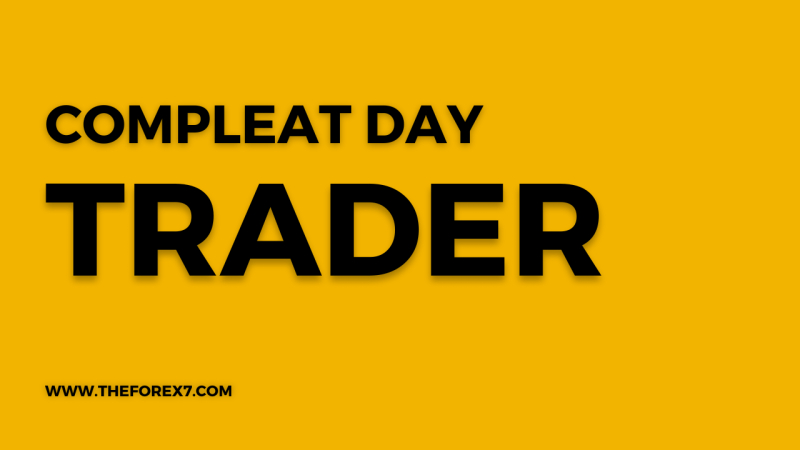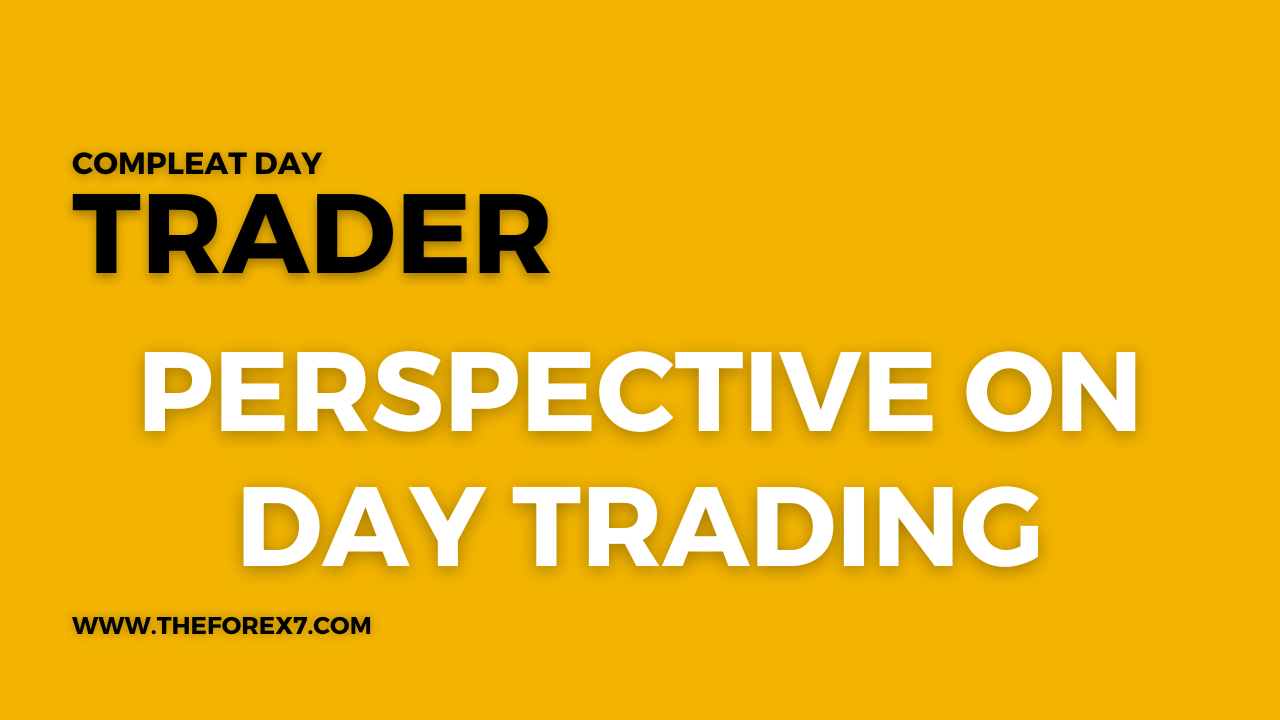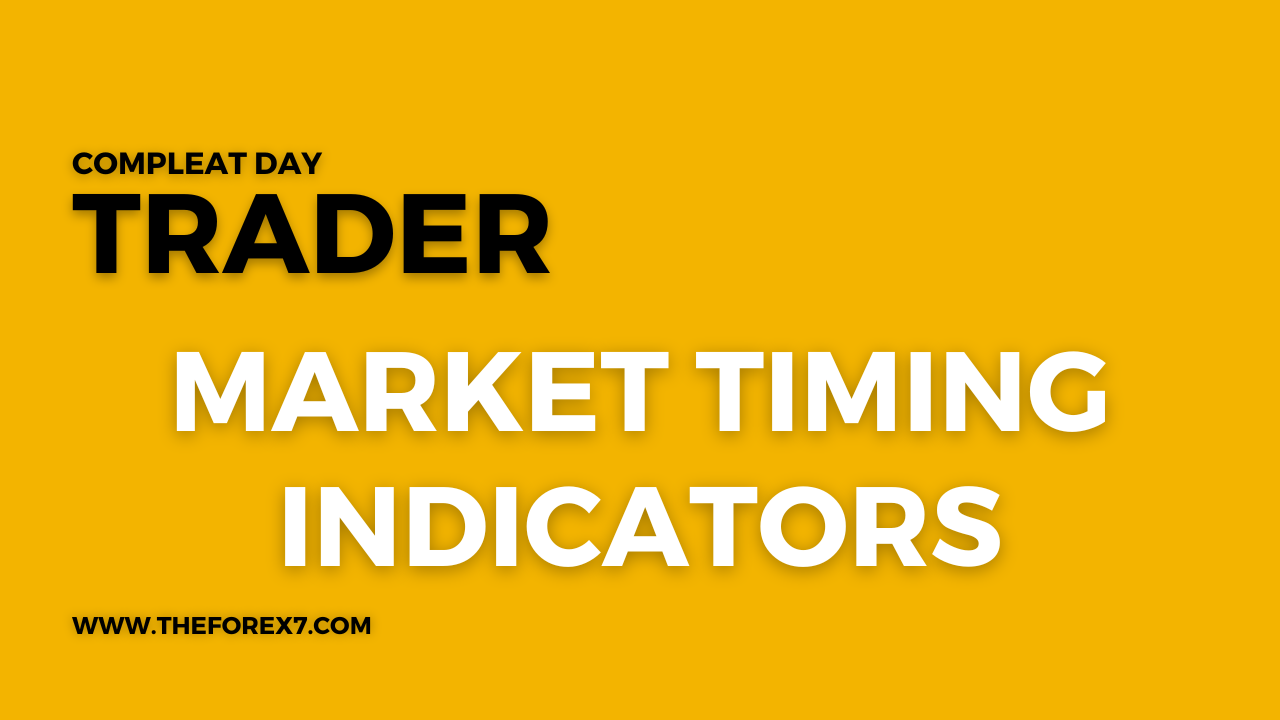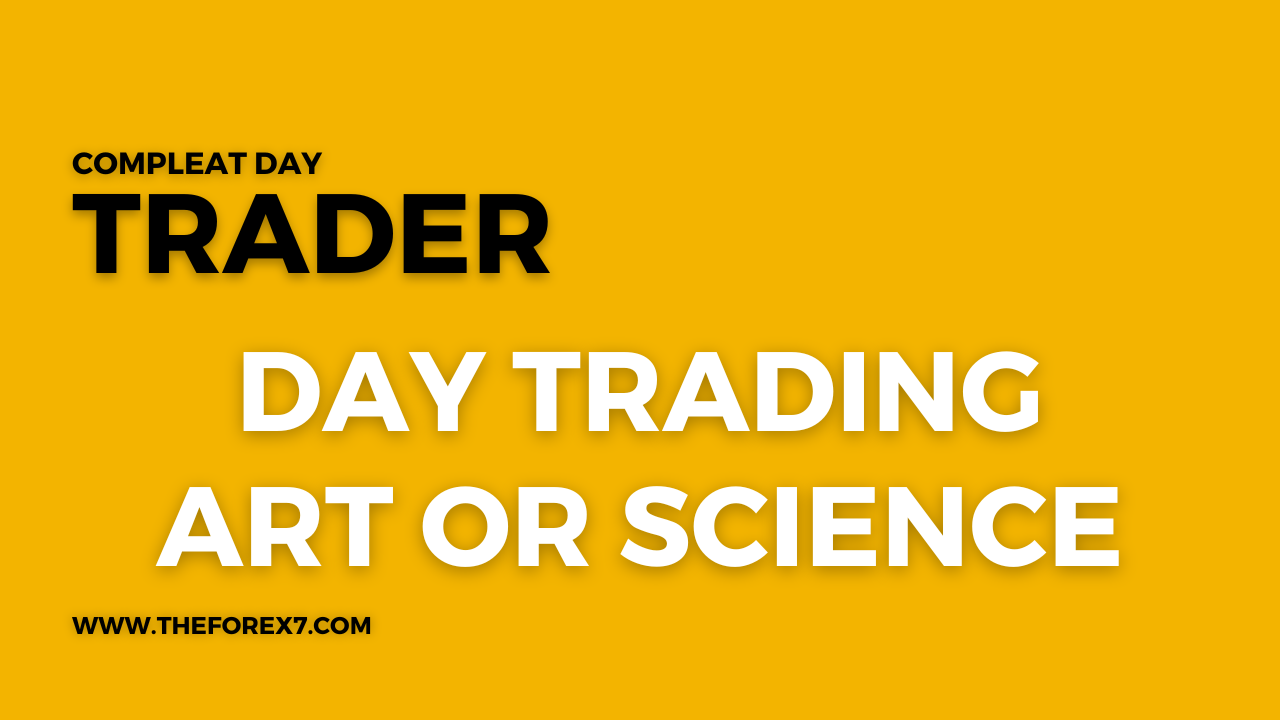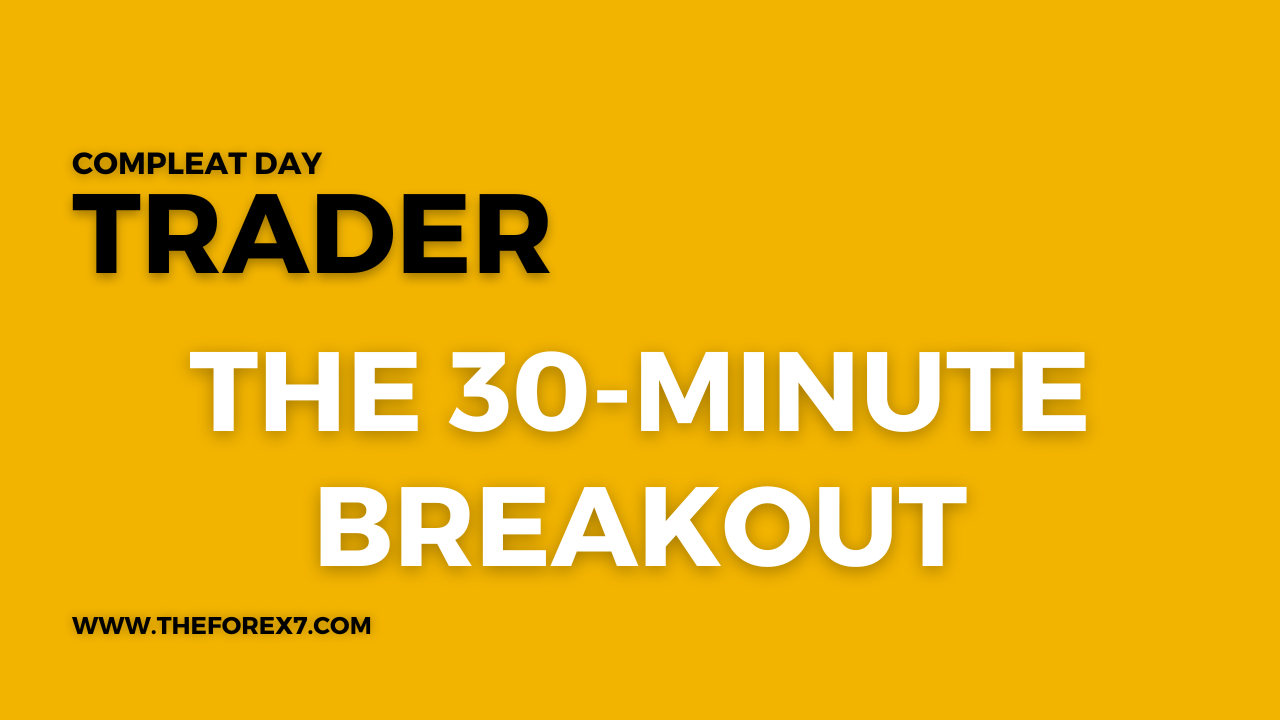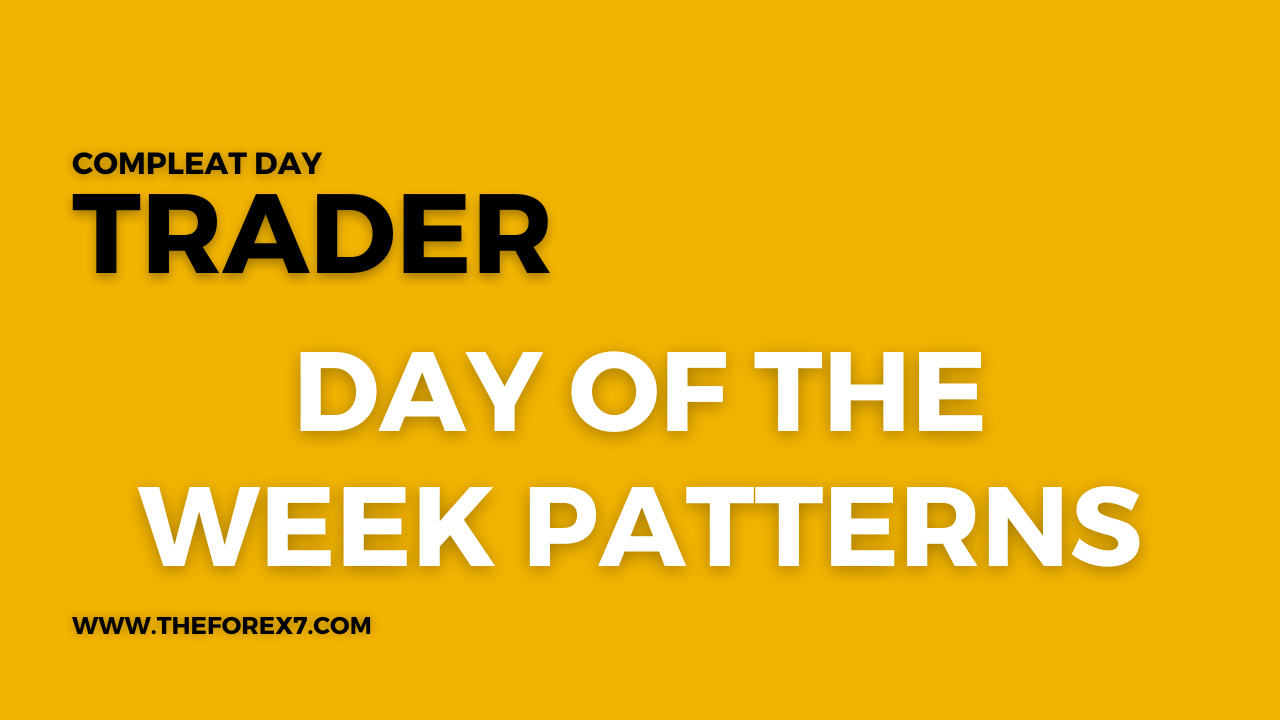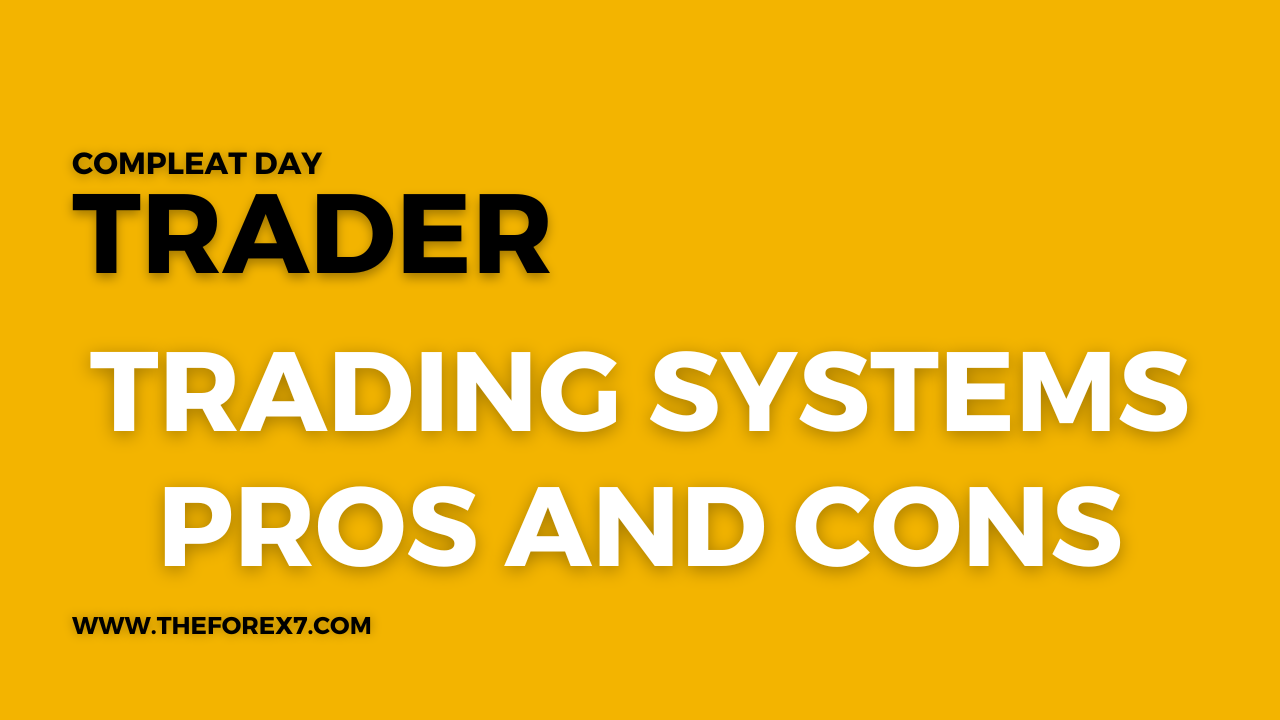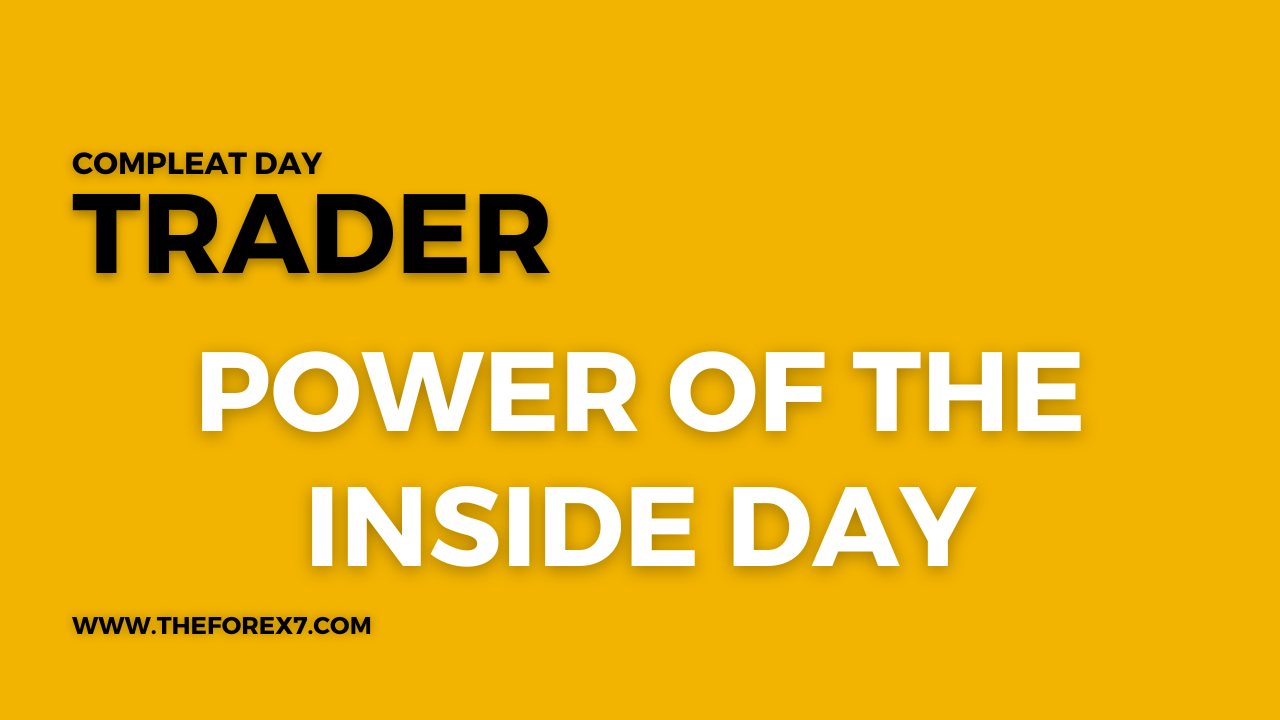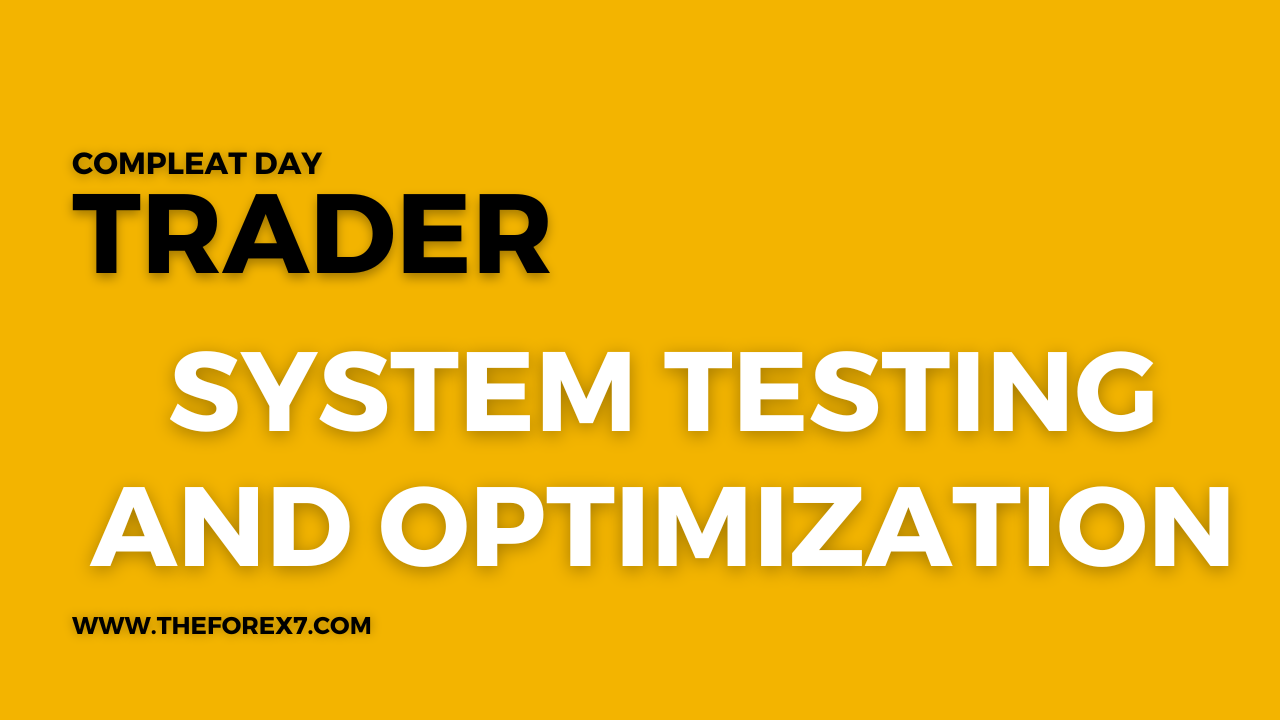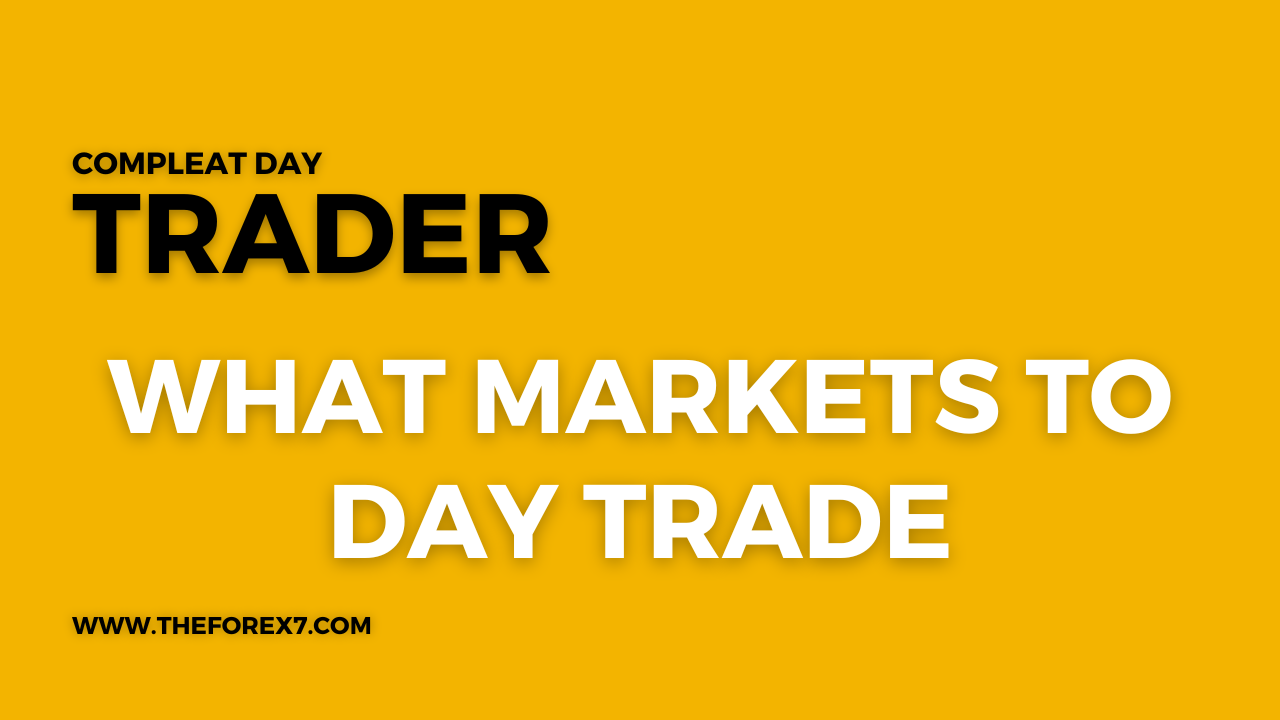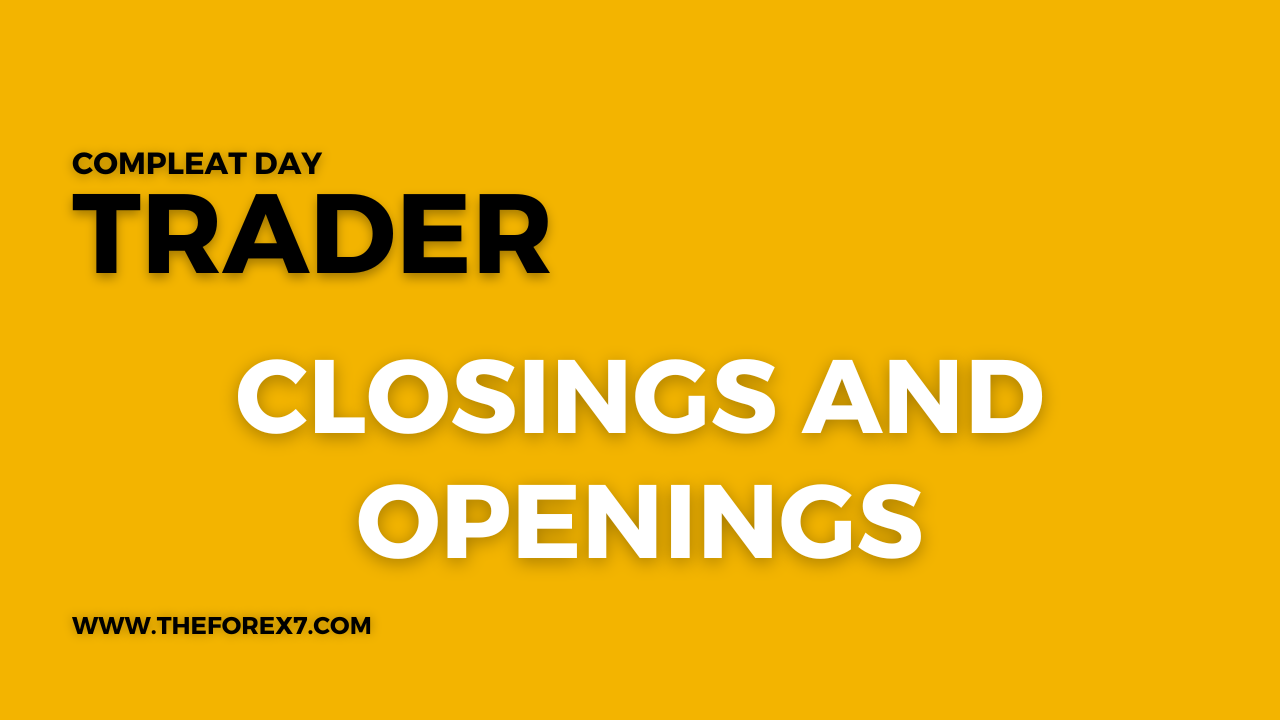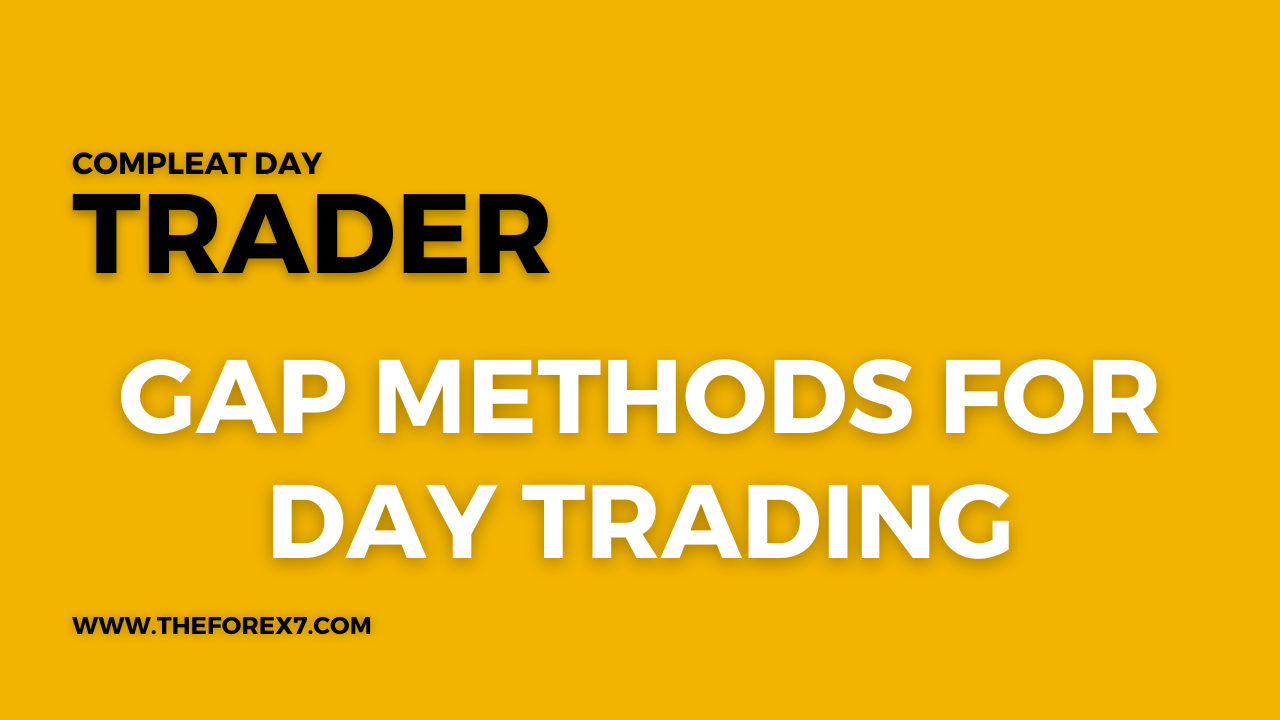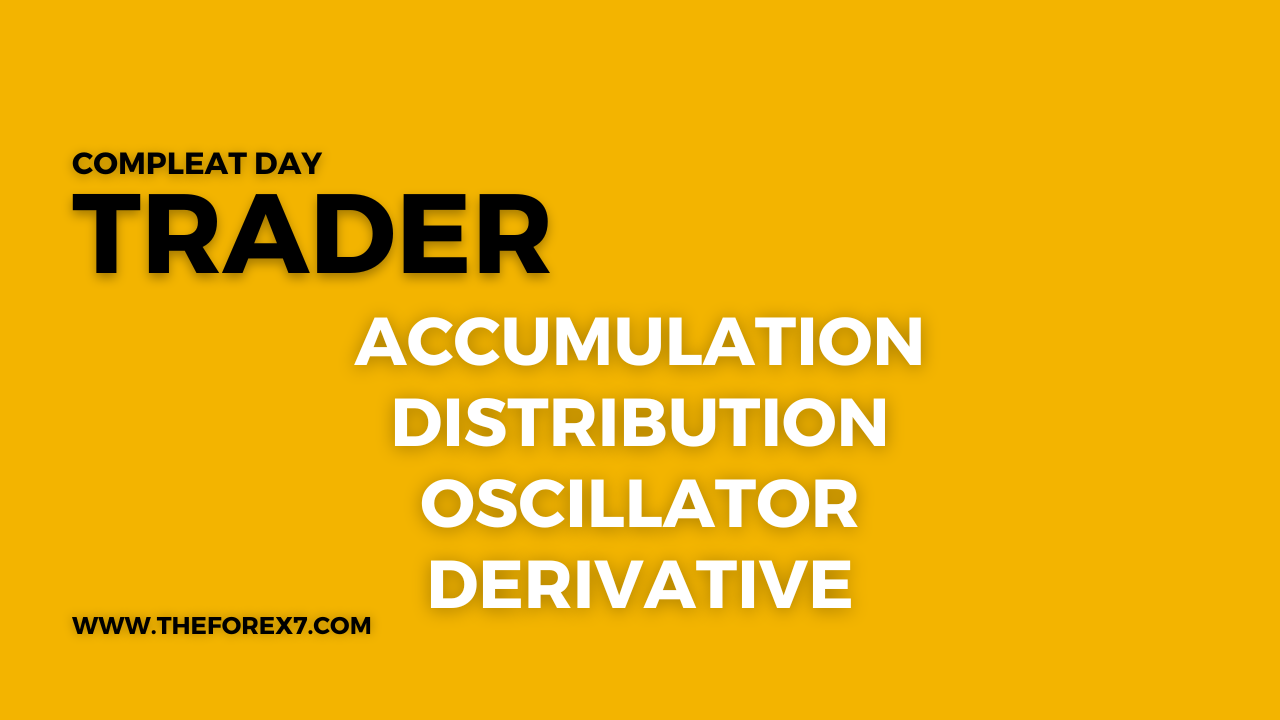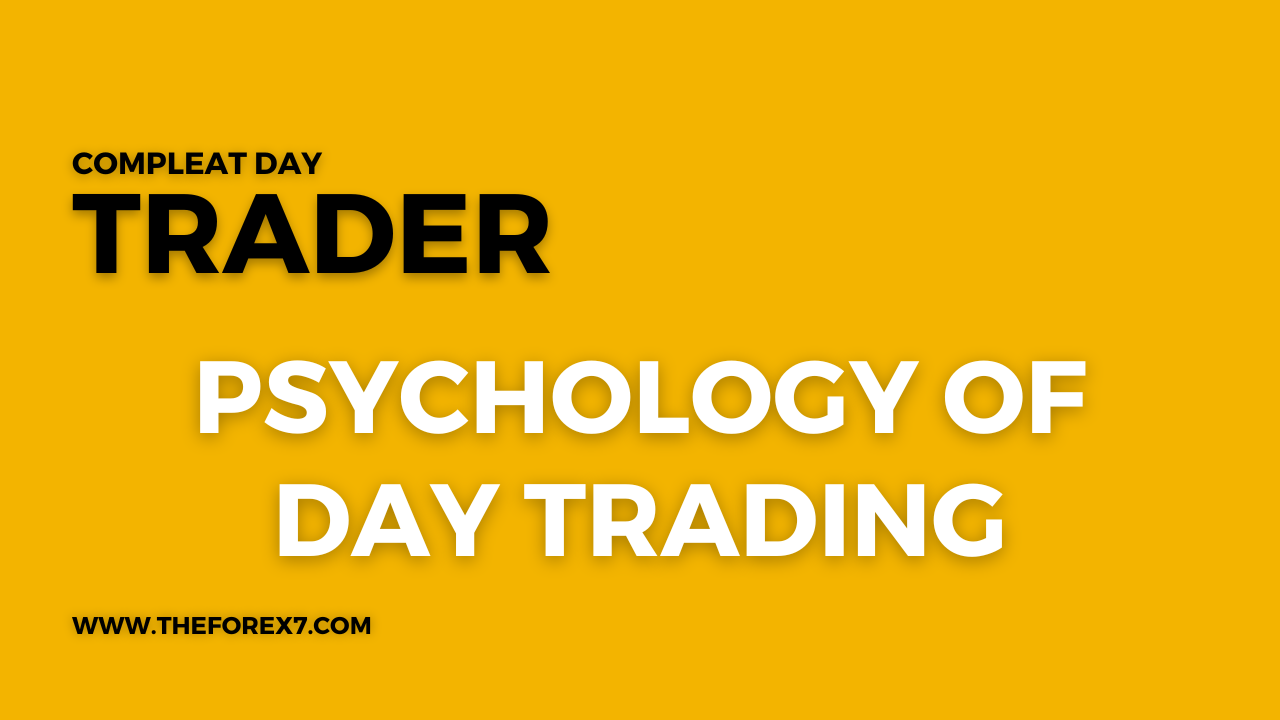The Importance of Orders
Market Orders, Market-If-Touched (MIT) Orders, Fill-or-Kill(FOK) Orders, Stop Orders
Course: [ THE COMPLEAT DAY TRADER II : The Compleat Day Trader ]
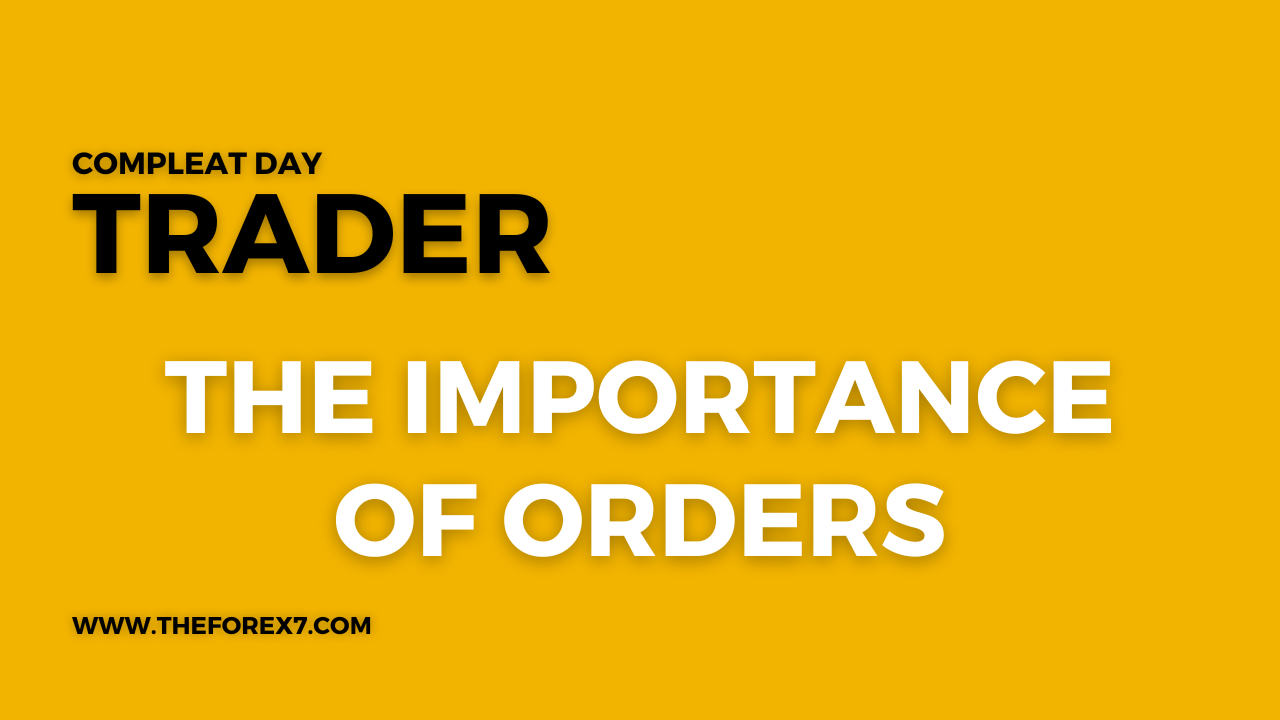
The right price order is just as important as using the right tool is to the mechanic or carpenter. Using the right orders can spell the difference between profits and losses. Using a market order when a stop or stop limit order should have been used may result in a poor price fill that will cost you dollars.
The Importance of Orders
Praise the Lord and pass the ammunition.
LT. CMDR FORGY AT PEARL HARBOR
To the day trader (in fact to all traders),
using the right price order is just as important as using the right tool is to
the mechanic or carpenter. Using the right orders can spell the difference
between profits and losses. Using a market order when a stop or stop limit
order should have been used may result in a poor price fill that will cost you
dollars. Since the bottom line is very important to day traders, perhaps more
important than to any other type of trader other than a scalper (who is also a
day trader), every tick saved is indeed a tick earned. Orders should be
specifically geared to what you seek to achieve in terms of timing your trading
system. Orders are designed to save you money, not to lose you money. They will
help you reduce bad fills and avoid lost points or price skids. But to use
price orders to your advantage, you must be familiar with the various types of
orders and when they are best used. You must also know what orders to avoid and
when to avoid them.
What You Should Know about Market Orders
Market orders must be avoided whenever
possible. A market order is, as far as I'm concerned, a license to steal.
Rarely will a market order be filled at the exact price you are expecting.
Typically, a market order will cost you one tick, at times two or three. In
S&P futures, a market order may cost you much more than just a few ticks,
although one or two ticks in a quiet market is not unusual. If you lose two
ticks on entry and two ticks on exit, the cost per trade will most assuredly
add up. However, not using market orders will cause you to risk not getting a
position at all or not being able to exit a position at all. Here are some
guidelines for using market orders:
- Only use a market order when absolutely necessary. If you are using an intraday oscillator-type signal that enters at the end of a given time segment, then a market order is acceptable. If, how-ever, you can use a specific price order as opposed to a market order, this is preferable. It is not uncommon for markets to make a quick move following a signal, but very often the market returns to its original entry price fairly soon, and a price order would have been sufficient. You can save a great deal of money this way.
- If you are riding a fairly large profit and wish to exit a position quickly because your indicators have turned, then it is worth giving some of the profit back just to make sure you are out of your position.
- Avoid market-on-close (MOC) orders. All too often such orders are even more of a license to steal, since they can be filled at almost any price during the last minute of trading. An MOC order in thin markets is a certain invitation to trouble. Many traders jokingly refer to MOCs as "murder-on-close" orders, since fills are often so poor.
- Never use market orders with spreads. You are far better off using specific spread levels for entry and exit, or you may use specific price orders in each market individually to "leg" into or out of the spread. Considerable slippage is the rule in spread market orders. Unfortunately, the only orders you can use in spreads are market orders or price orders. Of the two types, price orders are clearly preferable.
Market-If-Touched (MIT) Orders
An MIT order to buy is always placed below
the market, and an MIT order to sell is placed above the market. An MIT order
becomes a market order when hit. Therefore, if you have an MIT order to buy at
4150, this order will become a market order as soon as a trade occurs at 4150.
The pit broker holding this order will immediately buy at the market. You could
get filled at any price; however, you will usually be filled at or near your
order, at times better than your price and at times worse. This is the chance
you take when using such an order. An MIT order is used when you have a
specific price level in mind for entry and you do not wish to take the chance
of not being filled. Ordinarily such orders are used for selling at resistance
above the market or for buying at support below the market.
The day trader who is using the support and
resistance methods described in this book may use MIT orders; however, do note
that is such orders can cost you a few ticks. MITs are, however, excellent orders
to use when trading support and resistance levels. Remember that such orders
are not accepted by all exchanges nor are they accepted at all times. Under
certain market conditions MIT orders may be refused at the discretion either of
the pit broker or of the exchange.
Fill-or-Kill(FOK) Orders
A fill-or-kill order is given at a specific
price with the understanding that the pit broker will attempt to fill your
order three times in succession at the requested price. Hence, if you have an
FOK order to sell at 4550, the broker who gets your order will offer at 4550
three times. If there is no fill, the broker will immediately cancel, or "kill," your order, and the kill
will be reported back to you. The advantage of this order is that you will be
able to place it at a specific price, and you will get very quick feedback as
to whether it has been filled. And that's important!
Be aware, however, that not all exchanges or
brokers accept FOK orders. Under certain market conditions such orders may be
refused. Some brokers will become irritated if you use too many FOK orders that
go unfilled, since it takes time and person power to place these orders.
Discount brokers may be especially unhappy if you use too many FOK orders.
Finally, do not place your orders too far
from the market, or they will not get filled. This will be even more
aggravating for your broker. If you plan to use FOK orders, then please use
orders that are very close to the current price. If you abuse these orders, you
will frustrate your broker and you will lose the respect of the order takers.
FOK orders are useful in virtually all
situations where entry at the market should be avoided but where there is a
need to establish or liquidate a position. Remember that using an FOK order
does not guarantee a price fill; it merely guarantees that you will be filled
at your price or better or not at all.
Stop Orders
Stop orders are placed either above or below
the market. These orders are especially good for exiting positions when they go
against you or for entering markets on breakouts. The problem with stop orders
is that you will not necessarily be filled at your price in a fast market.
Frequently many sharp and sudden moves in the currencies, T-bond futures, or
S&P futures will result in considerable slippage of buy-and-sell stop
orders. The best way to avoid this is to use a stop limit order, described
below.
Stop Orders
A stop limit order is a stop order with a
price limit on it. The reason for using such an order is to allow more
flexibility in obtaining a fill. Therefore, when you place a buy stop limit
order at 6450 with a limit of 6465, this means that you will accept a fill
within these limits inclusive. The good part of such an order is that it permits
the floor broker more leeway in filling you and therefore improves the odds
that you will be filled. Such an order protects you from too much slippage.
Stop limit orders should be used more often, although few traders actually use
them.
Good-Till-Canceled Orders
A good-till-canceled order does exactly what
its name suggests. It is an order that will remain in the market until canceled
or filled. This order is also called an open order. Typically all open orders
are canceled by your broker at the end of each calendar month and must be
reinstated. In practice, day traders have no need for GTC or open orders, since
their work is done at the end of each day.
One Cancels the Other (OCO)
This is an order qualifier. It allows a
trader to have two orders entered simultaneously with the cancellation of one
contingent upon the fulfillment of the other. In other words, when one of the
orders is filled, the other will be canceled. This is a good way oi bracketing
markets for either of two possible outcomes. As in the case of several other
orders noted previously, some exchanges dc not accept such orders.
Using Orders to Your Advantage
Now that you've read about the different
types of orders, here are some suggestions regarding their use. The purpose of
learning how to use price orders to your advantage is obvious. Profitable day
trading depends on making every penny and every point count. You must be
consistent and frugal in everything you do Here is a list of dos and don'ts
with respect to orders:
- Try to avoid using market orders unless absolutely necessary. Markel orders cost you ticks. If you lose a few ticks getting in and a few ticks getting out, then you have lost good money, often unnecessarily. There are many good alternatives to market orders. Some of them have been discussed previously; others will be discussed later.
- Don't use MOC orders. They will cost you
ticks, and ticks add up A few ticks here, a few ticks there—pretty soon it adds up to real money. If you
must use such an order, then you are probably better off selling at the market
several minutes before the close than in giving your broker an MOC order.
Again, as far as I'm concerned an MOC is, most often, a license to steal.
- Use stop limit orders instead of stop orders. In most cases you will be filled. If you are concerned about being filled, put a one- or two-tick limit on your order.
- Fill-or-kill orders can be used to your advantage in several ways. you need to exit or enter a trade and you don't want to wait to find out if you've been filled, then use an FOK order. You'll get quick feedback, and you'll probably save money. If you've never used such orders before, then get your feet wet.
- Use FOK orders to test a market. One good way to see how strong or weak a market may be is to use an FOK order. Here's what I mean: Let's say that June S&P futures are trading between 406.50 and 406.90. You had a buy signal at 406.50. Trading volume is light. Following the buy signal, prices moved quickly to 406.90, and you didn't want to chase the market. You are concerned that the signal might not work this time, because the market fell back quickly to the original breakout price of 406.50. You are therefore hesitant to buy. What to do?
Test the market by placing an FOK order to go
long at 406.45 or 406.40, knowing that this is below the recent range of
trades. Your order goes in and you watch the tape. It reads 406.55 when you
enter your order. The ticks then go as follows: 406.55 . . . 406.50 . . .
406.53 . . . 406.50 . . . 406.50 .. . 406.45B (your bid) . . . 406.45. You are
filled at your bid price. What does this mean about the character of the
market? Most likely this indicates a market that is weak. You were filled at a
low bid, and this means that there are willing sellers. This characterizes a
weak market.
However, consider the same scenario with a
different out-come. You enter your bid at 406.45 FOK. The tape reads 406.55
when you enter your order. The ticks then go as follows: 406.55 . . . 406.50 .
. . 406.55 . . . 406.50 . . . 406.50 . . . 406.55 . . . 436.55 . . . 406.60 . .
. 406.65 . . . 406.60 . . . 406.55 . . . 406.60 . . . 406.65 . . . 406.70 . . .
406.75 . . . and so on. The market never even comes close to your bid, and the
order is returned killed. What does this mean? It indicates a market with good
demand. It suggests that you had better get on board quickly. You may even want
to use a market order to do so.
- MIT orders are acceptable but not always efficient. They are good for trading within a support/resistance channel, but they will cost you ticks.
- OCO orders, where accepted, are very helpful. They will help you bracket the market with different strategies and should be used wherever needed.
- Specify first open only. Some New York markets have staggered openings. In these markets each contract month is opened individually in chronological order, traded for a few minutes, and then closed so that another month may be opened. Once the process has been compleat, all months are opened again at the same time. The same procedure is used for closing. Should you need to get into one of these markets on the open, specify that you want your order good for the first open only. All too often the second opening price is distinctly different from the first open. This can cost you money.
- Insist on prompt reporting of order fills. It is absolutely necessary for you to know when you've been filled and when you've not been filled. You must be strict with your broker in demanding fills back as soon as possible. Do not accept excuses, particularly in currencies, T-bonds, S&P futures, and petroleum futures, where flash fills are easily given. A flash fill is one for which you may remain on hold as your order is hand-signaled to the pit. Although there will be some conditions in which delays are understandable, such delays are anathema to the day trader and must be avoided whenever and wherever possible.
- Know which exchanges will accept certain orders. The rules change from time to time and from one market condition to another. If you don't know the rules, find them out. The Chicago Mercantile and IMM will accept almost all orders almost all the time. The Chicago Board of Trade is a stickler for accepting only certain types of orders—it does not accept MITs. Some New York markets have restrictions as well. Orange juice is one of the most notorious markets, but then you probably don't want to and shouldn't day trade OJ.
- Find out how your broker places your orders. Does he or she call the floor? Are your orders put on a wire for execution? Does your broker need to call someone, who will call someone else, who will then call someone else? This all takes time. Day traders can't afford the time for such delays. Ask your broker for his or her procedures and deal only with those brokers who can gel you the fastest fills. Anything else will cost you money no matter how low the commission rate. Don't be penny-wise and pound-foolish.
- Globex (24-hour) trading requires even more discretion in order placement. Be very careful. Learn the rules and learn to deal with the lack of liquidity.
- If trading futures options, use price orders all the time. A market order in options will frequently bring you shockingly bad results due to the poor liquidity. Always use price orders in futures options!
- Learn how to place orders. Make sure your terminology is correct, make certain you mean what you say, and make sure you listen to the order as it is repeated back to you. You are liable for your orders. Errors will cost you.
- Don't beat around the bush. When you place your orders, speak quickly, decisively, and clearly.
- Keep a written record of your orders. Even if you trade only one market, once a day, keep a written record that includes the market, whether you bought or sold, the type of order, the quantity, the price at which you were filled, your order number (as given to you by the order taker), and the time you placed the order. Don't fail to note all the above. It will save you a great deal of money in the long run.
- Report all errors immediately. The longer you wait to report an error, the smaller the odds of having it rectified.
- Always check out at the end of the day, especially if you have traded a great deal. By check out I mean make certain you have received all your fills and that you have closed out all your trades. Many brokerage firms will send you a preliminary run at the end of the day via modem. Print out the run and check it against your order sheet. Report all errors immediately!
- Check your order sheet before market closing to make certain you have taken the necessary steps to close out positions. The more you trade and the larger your positions, the more important this will be.
These are just a few suggestions that will
help you master the pragmatic end-of-day trading. Don't ever discount the
importance of proper order placement and consistent procedures. The wrong order
in the wrong market can cost you plenty. I know. I've made all these mistakes
at one time or another, and I don't want you to have to repeat them. Learn it
from me the easy way—don't learn it the hard way by losing money.
Summary
Too many traders are either ignorant of, or
uninformed about, the importance of orders. The day trader must make the most
of each trade. Therefore, saving a tick here and a tick there can eventually
add up to a considerable sum of money. Although the day trader will most often
use market orders, there are numerous situations in which other types of orders
are either preferable or dictated by the nature of the system that is being
used. This chapter defined the various types of orders, indicating when they
are best used and under what conditions certain orders might be better or worse
than others.
THE COMPLEAT DAY TRADER II : The Compleat Day Trader : Tag: Fundamental Analysis, Forex Trading : Market Orders, Market-If-Touched (MIT) Orders, Fill-or-Kill(FOK) Orders, Stop Orders - The Importance of Orders
